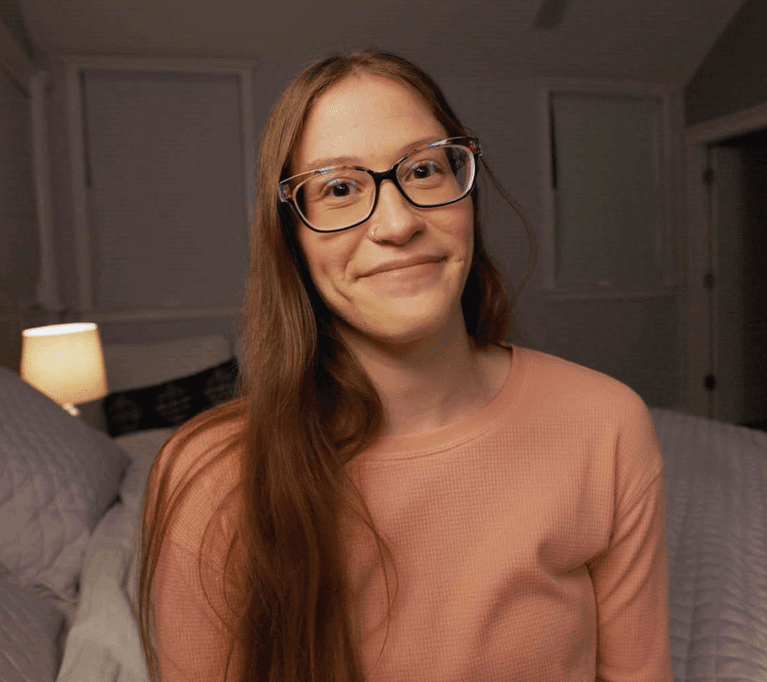About Narcolepsy
Narcolepsy is a chronic, potentially disabling condition

I was happy to finally have a narcolepsy diagnosis. It felt great to have an answer, but at the same time, I felt overwhelmed and even a bit sad. Knowing that it's a lifelong disorder was difficult to cope with.”
Brooke
Diagnosed with narcolepsy type 1.
Compensated for her time. Results may vary.
There are 2 types of narcolepsy: narcolepsy type 1 and type 2 .
Both types are characterized by the symptom of excessive daytime sleepiness (EDS)
- The uncontrollable need to sleep during the day
- Sleep episodes can come on randomly and at unusual or unexpected times
- Most likely to happen in situations that don’t require active participation, such as when you are watching TV or reading a book
- Can also occur when it is important to be alert, such as during conversations, eating, walking, or at work
People with narcolepsy type 1 also have cataplexy, which is a brief loss of muscle control that can happen when you feel a strong emotion
- Attacks can be fairly mild—such as a sagging jaw, drooping eyelid, head drop, slurred speech, weakness in the arm or shoulder, or slightly buckling knees
- In severe cases, people can fall or sink to the ground, even though they are awake and aware of their surroundings
- In children, cataplexy may be most noticeable by unusual movements in the face, such as eyelids drooping, eyes closing, grimacing, mouth movements, or tongue sticking out
- Cataplexy attacks usually last from a few seconds to a couple of minutes
Learning about narcolepsy
Since there is no cure for narcolepsy, management for symptoms, such as EDS and cataplexy, may be needed.
- EDS is the uncontrollable need to sleep during the day. Everyone with narcolepsy has EDS
- Cataplexy is a common symptom of narcolepsy and can be described as when your muscles suddenly become weak or go limp when you feel a strong emotion. About 70% of people with narcolepsy are believed to have cataplexy
XYWAV helps treat the symptoms of cataplexy and EDS
XYWAV is approved by the FDA to treat cataplexy and/or EDS in people ages 7 years and older with narcolepsy. In a clinical study, XYWAV, taken at night, has been shown to improve cataplexy and/or EDS in adults with narcolepsy during the day.
